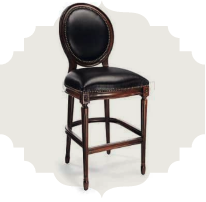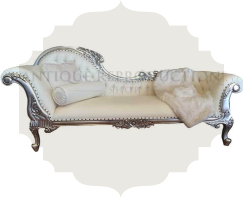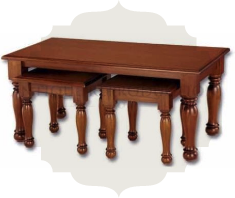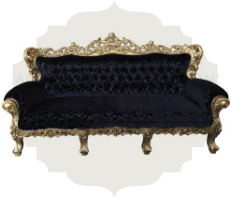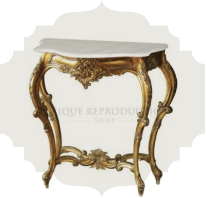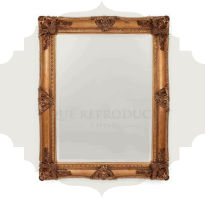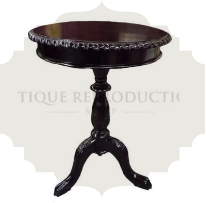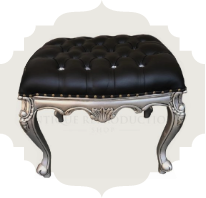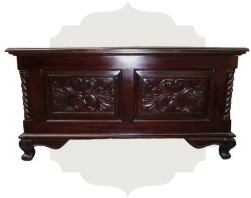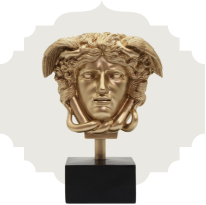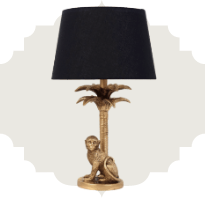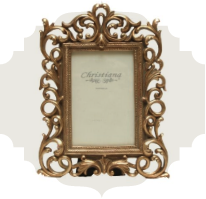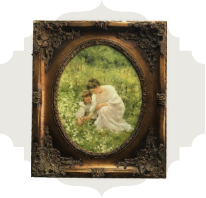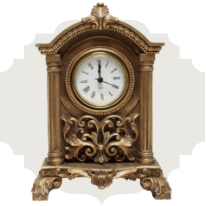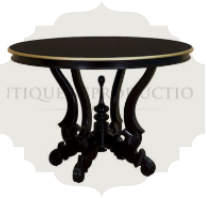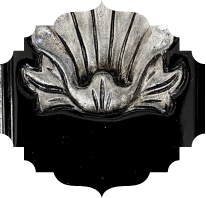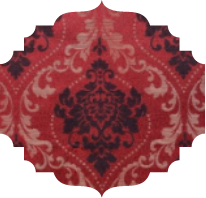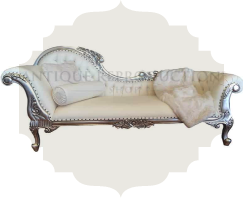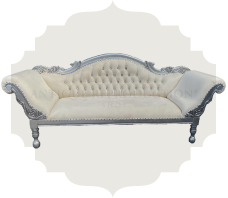New Product - Gorgeous Prints in Frames to Die For!
A Little Information about the Artists
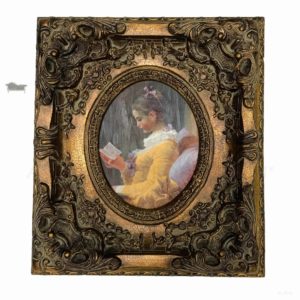
Buy Print Here
A Young Girl Reading 'Jean-Honore Fragonard' 1770
Jean-Honoré Fragonard was born at Grasse, Alpes-Maritimes, the son of François Fragonard, a glover, and Françoise Petit.[1] Fragonard was articled to a Paris notary when his father's circumstances became strained through unsuccessful speculations, but showed such talent and inclination for art that he was taken at the age of eighteen to François Boucher. Boucher recognized the youth's rare gifts but, disinclined to waste his time with one so inexperienced, sent him to Chardin's atelier. Fragonard studied for six months under the great luminist, then returned more fully equipped to Boucher, whose style he soon acquired so completely that the master entrusted him with the execution of replicas of his paintings.
Though not yet a pupil of the Academy, Fragonard gained the Prix de Rome in 1752 with a painting of Jeroboam Sacrificing to the Golden Calf, but before proceeding to Rome he continued to study for three years under Charles-André van Loo. In the year preceding his departure he painted the Christ washing the Feet of the Apostles now at Grasse Cathedral. On 17 September 1756, he took up his abode at the French Academy in Rome, then presided over by Charles-Joseph Natoire.
While at Rome, Fragonard contracted a friendship with a fellow painter, Hubert Robert. In 1760, they toured Italy together, executing numerous sketches of local scenery. It was in these romantic gardens, with their fountains, grottos, temples and terraces, that Fragonard conceived the dreams which he was subsequently to render in his art. He also learned to admire the masters of the Dutch and Flemish schools (Rubens, Hals, Rembrandt, Ruisdael), imitating their loose and vigorous brushstrokes. Added to this influence was the deep impression made upon his mind by the florid sumptuousness of Giovanni Battista Tiepolo, whose works he had an opportunity to study in Venice before he returned to Paris in 1761.
In 1765 his Coresus et Callirhoe secured his admission to the Academy. It was made the subject of a pompous (though not wholly serious) eulogy by Diderot, and was bought by the king, who had it reproduced at the Gobelins factory. Hitherto Fragonard had hesitated between religious, classic and other subjects; but now the demand of the wealthy art patrons of Louis XV's pleasure-loving and licentious court turned him definitely towards those scenes of love and voluptuousness with which his name will ever be associated, and which are only made acceptable by the tender beauty of his color and the virtuosity of his facile brushwork; such works include the Blind Man's Bluff (Le collin maillard),[4] Serment d'amour (Love Vow), Le Verrou (The Bolt), La Culbute (The Tumble), La Chemise enlevée (The Shirt Removed), and L'escarpolette (The Swing, Wallace Collection), and his decorations for the apartments of Mme du Barry and the dancer Madeleine Guimard. The portrait of Denis Diderot (1769) has recently had its attribution to Fragonard called into question.
A lukewarm response to these series of ambitious works induced Fragonard to abandon Rococo and to experiment with Neoclassicism. He married Marie-Anne Gérard, herself a painter of miniatures,[5] (1745–1823) on 17 June 1769 and had a daughter, Rosalie Fragonard (1769–1788), who became one of his favourite models. In October 1773, he again went to Italy with Pierre-Jacques Onézyme Bergeret de Grancourt and his son, Pierre-Jacques Bergeret de Grancourt. In September 1774, he returned through Vienna, Prague, Dresden, Frankfurt and Strasbourg.
Back in Paris Marguerite Gérard, his wife's 14-year-old sister, became his pupil and assistant in 1778. In 1780, he had a son, Alexandre-Évariste Fragonard (1780–1850), who eventually became a talented painter and sculptor. The French Revolutiondeprived Fragonard of his private patrons: they were either guillotined or exiled. The neglected painter deemed it prudent to leave Paris in 1790 and found shelter in the house of his cousin Alexandre Maubert at Grasse, which he decorated with the series of decorative panels known as the Les progrès de l'amour dans le cœur d'une jeune fille,[6] originally painted for Château du Barry.[7]
Fragonard returned to Paris early in the nineteenth century, where he died in 1806, almost completely forgotten.
Expert from Wikipedia
The painting features an unidentified girl wearing a lemon yellow dress with white ruff collar and cuffs and purple ribbons. The subject is depicted in profile, reading from a small book held in her right hand, sitting with her left arm on a wooden rail and her back supported by a large lilac cushion resting against a wall. Her hair is tied in a chignon with a purple ribbon, and her face and dress are lit from the front, casting a shadow in the wall behind her. Fragonard pays close attention to the face, but uses looser brushwork on the dress and cushion, and the ruff was scratched into the paint with the end of a brush. The horizontal line of the armrest and a vertical line between two unadorned walls provide a sense of space and structure.
Excerpt from Wikipedia

Buy Print Here
Le Printemps ' Pierre Auguste Cot' 1873
This flirtatious duo in classicizing dress, painted with notable technical finesse, reflects Cot’s allegiance to the academic style of his teachers, including Bouguereau and Cabanel. Exhibited at the Salon of 1873, the picture was Cot’s greatest success, widely admired and copied in engravings, fans, porcelains, and tapestries. Its first owner, hardware tycoon John Wolfe, awarded the work a prime spot in his Manhattan mansion, where visitors delighted in "this reveling pair of children, drunken with first love ... this Arcadian idyll, peppered with French spice." Wolfe’s cousin, Catharine Lorillard Wolfe, later commissioned a similar scene from Cot, The Storm, now also in the Metropolitan’s collection (87.15.134)
Excerpt from The Met
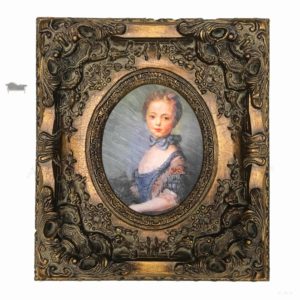
Buy Print Here
Girl with a Kitten 'Jean-Baptiste Perronneau'
Although it bears the artist's signature and the date 1745, it has been thought to be a later imitation of Perronneau, because of some uncertainty in the treatment of the anatomy and an excess of that charm associated with 18th-century French portraits of children. It may, however, be an original.
The girl, who has not been identified, has been posed by the artist, and the kitten by the girl; the apparent naturalness of the portrait is dependent on artifice. A cat is sometimes included in portraits of children as a symbol of the wildness of nature intruding upon the innocence of childhood.
Excerpt from National Gallery UK
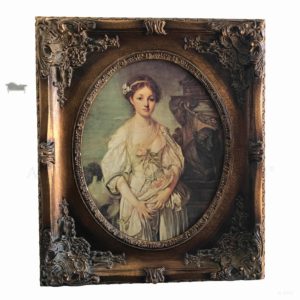
Buy Print Here
The Broken Jug 'Jean Baptiste Greuze' 1771
Greuze was born in Tournus, a Burgundian town on the banks of the River Saône in 1725, the sixth of nine children. He came from a prosperous middle-class background and studied painting in Lyon in the late 1740’s under the successful portrait painter, Charles Grandon. At the age of twenty-five, Greuze moved to Paris where he entered the Royal Academy as a student. During this period he developed a style of painting which was described as Sentimental art or Sentimentality. I believe we could define sentimentality as an emotional disposition that idealizes its object for the sake of emotional gratification and that it is inherently corrupt because it is grounded in cognitive and moral error. Sentimental art can thus be defined as art that, whether or not by design, evokes a sentimental response.
In the picture we see a three-quarter length portrait of a young girl. She has blue eyes, light hair, pink cheeks, very red lips, and her dress is white. She still exudes the innocence of childhood but we need to look closer at this portrait. How old do you think she is? Look closely at her facial expression. What can you read into it? Do you think she looks serious? Do you think there is a slight look of alarm in her eyes? Is there a look of sadness in her expression? What has happened?
Excerpt from The Broken Pitcher by Jean-Baptiste Greuze
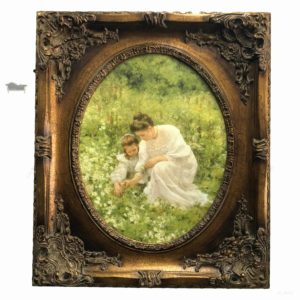
Buy Print Here
Picking Daisies ' Hermann Seeger'
Seeger was born as the tailor's son. After the Franco-Prussian War 1870-1871 a French officer was living with the parents. He became aware of the gift of the boy and gave him a box.
In 1875 Hermann Seeger graduated from high school, then studied in Halle Philologie . During his studies, he became a member of the Fridericiana Hall in 1878/79. [1] After his studies he became a teacher in Halberstadt and promoted old French.
His activity as a teacher did not satisfy him. For this reason he continued his studies at the College of Fine Arts in Berlin with Paul Thurmann and Gussow, which he completed in 1885. He was only able to finance his studies through the help of his siblings. Here he also met his later wife Marie Cramer von Clausbruch (sister of Rudolf Cramer von Clausbruch ). She studied at the College of Music and Singing. In 1895, Hermann Seeger was given a management assistant position and so they were finally able to marry. They had two sons and two daughters together.
He worked as a painter and graphic artist in Berlin. Seeger painted in oil on canvas and on other substrates, Eg hard fiber. His many pictures of girls (especially his daughters Hildegard (1899-1983) and Ilse (1904-1994), married to Wolfgang Pohl ) are well known in the dunes on the east coast.
Excerpt from Wikipedia

Buy Print Here
Pardon Mama 'Emile Munier' 1888
During the 1860s, Munier received three medals at the Beaux-Arts and in 1869 he exhibited at the Paris Salon. He became a great supporter of the Academic ideals and a follower of Bouguereau, whose subject matter would be an important inspiration to the young Munier.[1] Bouguereau's quality of work and composition are reflected in Munier's artworks.[3] The pair became close friends and Munier frequently visited Bougereau's studio;[1] the latter used the nicknames "La sagesse" or "Le sage Munier" when referring to Munier.[3] The glass designer Émile Gallé was another artist Munier was known to work with from around 1869.[2]
Munier ceased work at the tapestry factory in 1871 and devoted his time solely to painting;[2] he also began teaching classes to adults three nights a week.[1] Leland Stanford, Jr., the only child of Governor Leland Stanford of California and his wife Jane Stanford, died aged fifteen in 1884, and during that year Munier was commissioned by Jane Stanford to immortalise their son by way of a painting. The oil on canvas entitled Angel comforting his grieving mother shows the boy with his hand on his mother's shoulder returning to earth as an angel to comfort her. Today, in the 21st century, the painting forms part of a display in the Cantor Centre for the Visual Arts at Stanford University.[5]
In 1885 he painted, and exhibited at the Paris Salon, Trois Amis (Three Friends). This painting, representing a chubby girl playing on her bed with a kitten and a dog, was an extremely successful work, being reproduced in many forms and used for publicity posters by Pears soap. With this work, Emile asserted himself as one of 'the' painters of young children and their pets; it was eventually acquired by an American collector.[1]
Among his many American patrons were Chapman H. Hyams and his wife, who were important collectors of contemporary French paintings during the nineteenth century and favoured artists like Henner, Bouguereau, Gérôme, Vinel and Schreyer. Munier painted their portrait in 1889, and it, along with much of their collection, is now in the New Orleans Museum of Art.[1]
During the 1890s Munier continued to paint peasant, mythological and religious subjects;[1] he also portrayed animals, scenes depicting fishing, landscapes and seascapes.[2] Many of his works featured his children as his models, particularly his daughter.[6] In 1893 he exhibited L'esprit de la chute d'eau, at the Paris Salon, a nude nymph which is not unlike Naissance de Vénus by Bouguereau.[1]
In 1895 Munier painted La jeune fille et le panier de chatons, but on 29 June, a few weeks after his 55th birthday, he died.
Excerpt from Wikipedia

